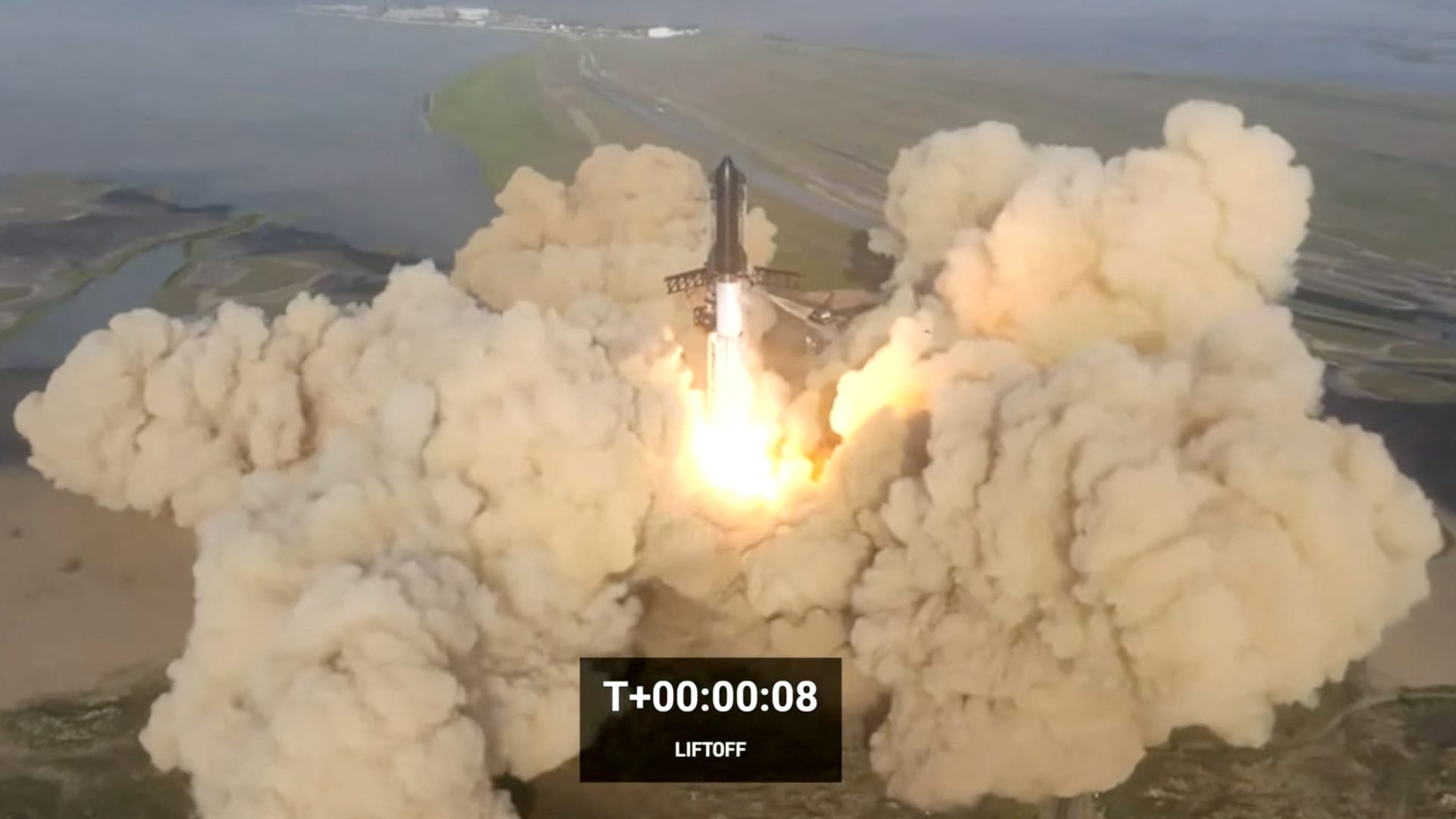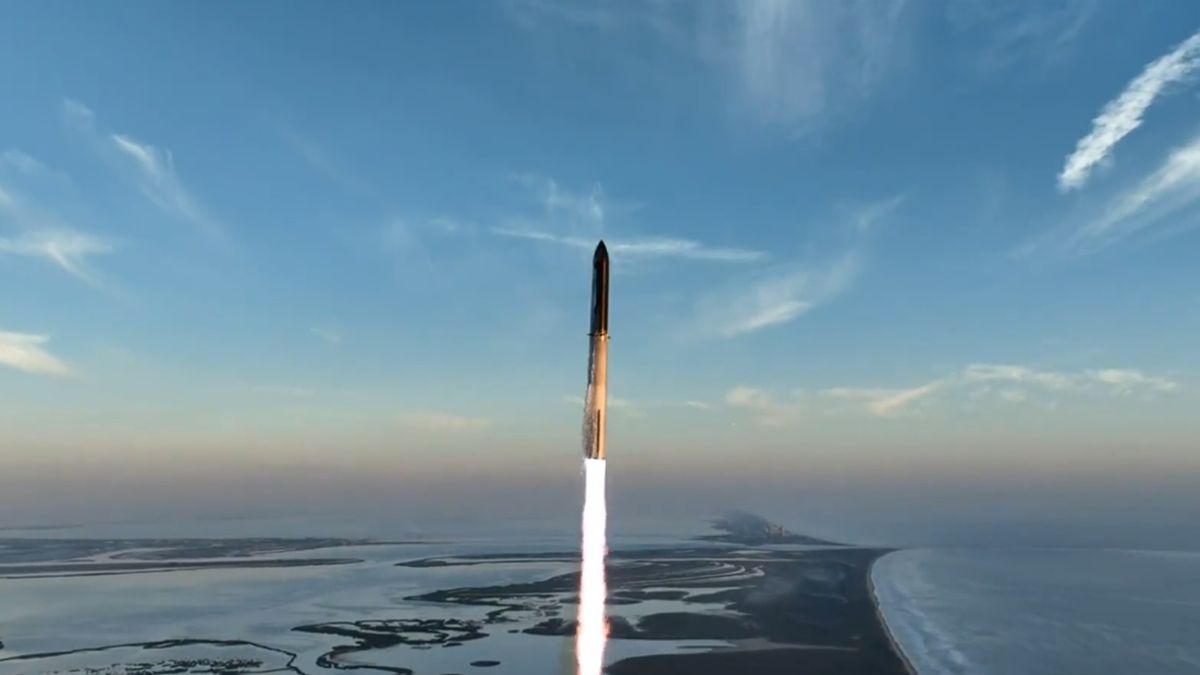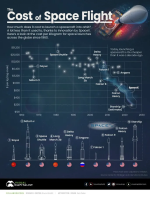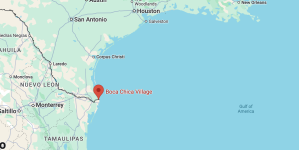SpaceX's Starship megarocket, the world's largest and most powerful rocket, reached orbital speed for the first time Thursday in a historic third test flight from South Texas.
Hundreds of Spring Break spectators, rocket launch chasers and SpaceX fans gathered along the southern shores of South Padre Island and surrounding areas to witness the third test flight of the biggest rocket ever built. About 5 miles (8 kilometers) south of the crowds, SpaceX's massive Starship vehicle lifted off this morning (March 14) at 9:25 a.m. EDT (1325 GMT) from the company's manufacturing and test launch facilities near Boca Chica Beach.
"Starship reached orbital velocity," SpaceX founder Elon Musk announced on X (formerly Twitter) after liftoff. "Congratulations SpaceX team!!" Both the Starship vehicle and its Super Heavy booster did not survive all the way through to their intended splashdown, but SpaceX officials said the test flight achieved several of its key goals during the flight.
...
Today's launch, designated Integrated Flight Test-3 (IFT-3), was the third test mission for the fully stacked Starship. The first and second Starship launches both ended explosively last year, with the vehicles detonating before the completion of each flight's mission objectives. However, data collected during those first flights helped SpaceX engineers get Starship ready for success down the road.
Improvements made between IFT-1 and IFT-2 last year included the implementation of a "hot staging" technique, in which the upper stage engines begin firing before Starship's first-stage booster, known as Super Heavy, fully separates. IFT-2's hot staging maneuver was a success, as it was today as well.
High in the sky, Starship's two stages separated about 2 minutes 45 seconds after liftoff, sending the 165-foot-tall (50 m) upper-stage spacecraft onward to space while Super Heavy began preparations for a boostback burn to redirect its trajectory. That post-staging burn reversed Super Heavy's velocity, and was intended to be followed minutes later by a landing burn above the Gulf of Mexico. However, it appears the Super Heavy's engines did not relight as planned, leading to the loss of the booster.
"It didn't light all the engines that we expected and we did lose the booster," Huot said. "We'll have to go through the data to figure out exactly what happened, obviously."
Starship is designed to be fully reusable, and SpaceX plans to land and relaunch its Super Heavy boosters, as it does with its Falcon 9 rockets. In the future, two "chopstick" arms on Starship's launch tower will catch the Super Heavy booster as it returns for landing, but IFT-3's Super Heavy was always expected to splash down in the Gulf.












